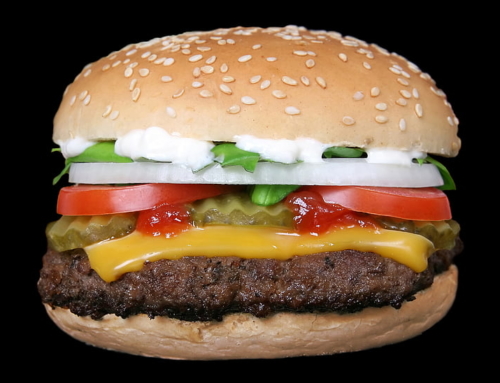The word and concept of “Creativity” holds a certain mystique.
It’s like creative people simply wave a wand and … voila … cool stuff. You can almost hear Bullwinkle say, “Hey, Rocky … watch me pull an ad out of this hat.”
Spoiler Alert: Creativity is, in fact, a process.
There are many academic definitions of the Creative Process, but I personally prefer Geoff Petty’s:
Six Phases of the Creative Process:
- Inspiration: What needs fixin’ and start coming up with ideas. The proverbial “brain storm.”
- Clarification: Which of those ideas best focus on the problem?
- Evaluation: Look back at what you’ve done and evaluate. Can you learn anything from your new ideas? What needs reworking and what should you abandon?
- Distillation: Narrow down all of your ideas into the handful that you will work on.
- Incubation: Just walk away. Your sub-conscious is brilliant! Let it work. Some people get their best ideas on a run or in the shower – anywhere but in front of their keyboard. Meditate or go for a walk in the woods, enjoy nature and watch as the magic happens. Or simply switch gears to a new project.
- Perspiration: It’s not all magic. You need to belly-up to the keyboard and work on the project.
These phases are in no particular order and you should bounce around from phase to phase several times as new ideas come and go and you learn new things. I would recommend, however, that you do not simply jump into the Perspiration phase before working through other steps. The more you clarify, evaluate, distill and incubate, the more focused and productive you’ll be when hammering out the project.
Walt Disney & Creativity
The process is vital, but you need the right people working through the steps.
In The Illusion of Life: Disney Animation, one of Disney’s animators recalls,
“There were actually three different Walts: the dreamer, the realist and the spoiler. You never knew which one was coming into your meeting.”
- The Dream: This is the Walt we all know. The visionary, the big idea person. The one who dreams up the ideas for new directions in the park or on film. This is the “never say no” entrepreneur. The “imaginator.” The one walking around repeating, “what if…”
- The Realist: The “get ‘er done” person. This is the one who makes things happen. How can we take the Dreamer’s ideas and bring them to life? They connect the dots. They coordinate and motivate the team. The make things happen on-time, on-budget and on-strategy.
- The Critic: This can be considered the “glass half empty” guy. The evaluator. This person scrutinizes what the Dreamer and Realist produce to make it better. They do not apply the brakes to a project, but rather, provide constructive criticism back to the Dreamer and Realist.
This is not a linear process. The Critic provides feedback of potential issues or improvements back to the Dreamer and Realist to work through and improve the project. This loop may cycle through many times before a project is complete.
You need all three rolls filled for true, meaningful creativity.
Without the Dreamer, the Realist has nothing to do.
Without the Realist, the Dreamer’s ideas never leave their head.
Without the Critic, the Dreamer and Realist’s work will be half-baked and unpolished.
Walt was able to dance between all three rolls with a perfect balance. We are not all that gifted. Look at your team. Who fits each roll? Do you have each roll involved in your most impactful plans?
At its best creativity is a team sport. We all know the cliché, two heads are better than one. In creativity, three heads can dream up and solve anything.
In addition to being a strategic consultant for community banks and credit unions, MarketMatch also has nationally and internationally requested speakers. Contact us to bring our marketing ideas to your institution or next conference.
See our story here. (click)
Or email me directly (click)
937-371-2461
Follow us on Twitter @MarketMatch






